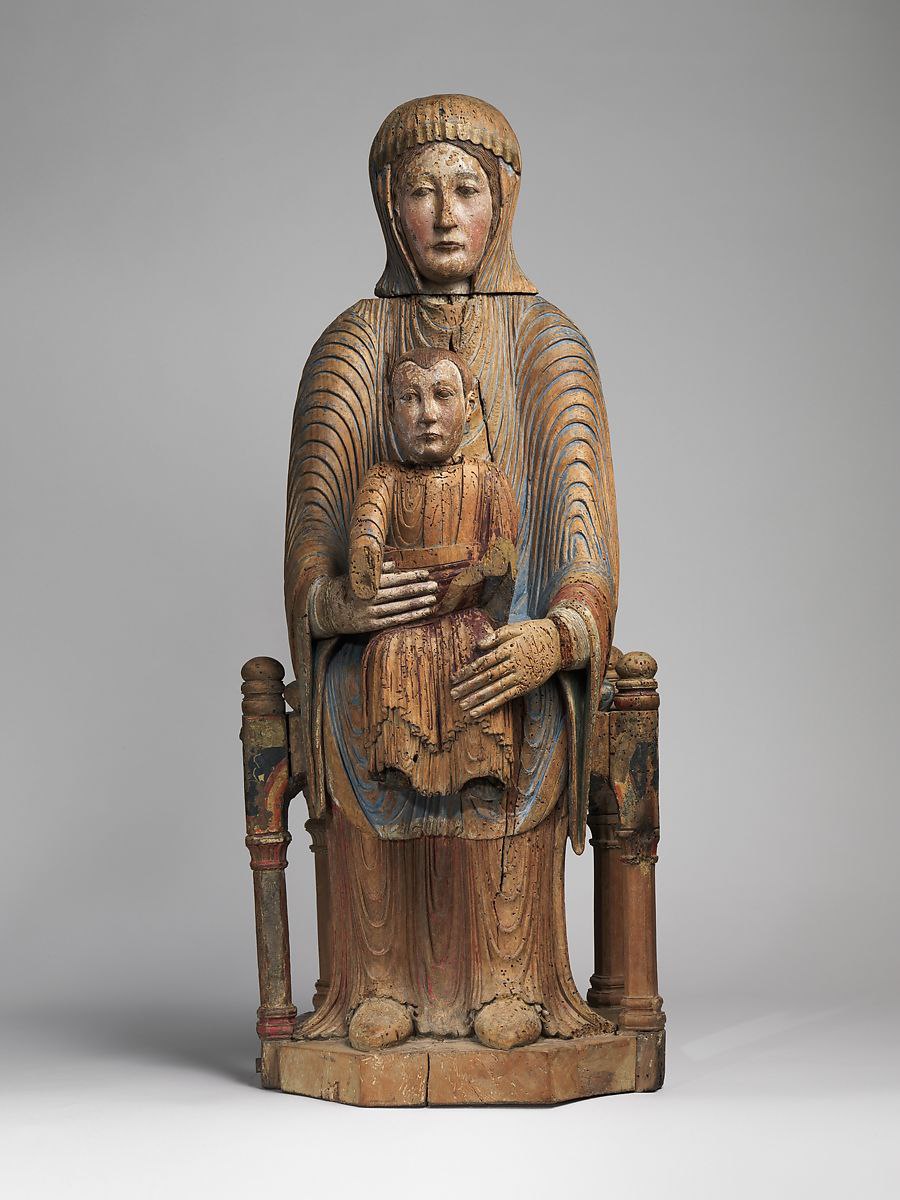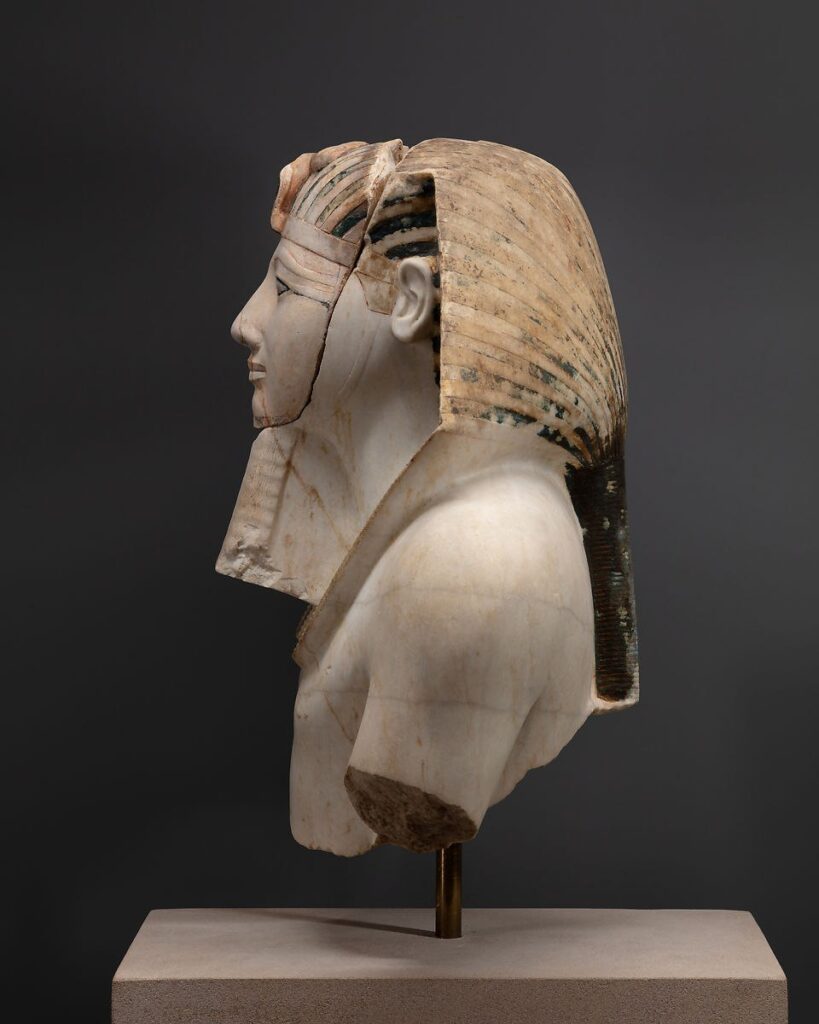
Yesterday, while telling tourists about the famous female pharaoh Hatshepsut, I realized that about her stepson and Egypt’s next pharaoh, Thutmose III, I say nothing but a couple of sentences. I don’t, but I will. So. Thutmose III was the son of Pharaoh Thutmose II, married to his half-sister Hatshepsut, and a concubine (or younger wife) of low birth, Isis. Thus Thutmose III was the stepson and nephew of Queen Hatshepsut. Hatshepsut was the daughter of Pharaoh Thutmose I and Queen Yahmos, making her the direct heiress to the throne in the tradition of the 18th dynasty. After the early death of her father, the minor Thutmose III was proclaimed the new pharaoh, and Hatshepsut was declared his regent. After 18 months after ascension to the throne, a minor pharaoh, serving at the same time, the ritual functions of the priest of Amun in the main temple of the god at Thebes, was dismissed from the throne, and the throne was left heiress of ancient royal blood Hatshepsut.
Even during the life of Hatshepsut, Thutmose III was allowed to command positions in the Egyptian army. He probably led a number of campaigns to Sinai, Nubia and Palestine, which first manifested his leadership talent. The support of Thutmose III by the army forced the queen to seriously reckon with the pharaoh removed from the state government.
After the death of Hatshepsut in early 1468 BC, in retaliation for his removal from power, Thutmose ordered the destruction of all information about Hatshepsut and all her images, but did not cause serious damage to Hatshepsut’s memorial temple at Der el-Bahri – several statues of the queen were broken, but the structure itself was not damaged. The thirty-meter obelisks of Hatshepsut at Karnak were laid with masonry, and her very name was supposed to be consigned to oblivion – it was knocked out of the cartouches and replaced by the names of Thutmose I, Thutmose II and Thutmose III. The destruction of the name in ancient Egypt was equal to a curse.
Upon becoming sole ruler, Thutmose immediately became active in the military. In total, Thutmose spent 17 military campaigns in Asia Minor, during which he subjugated the land up to the Euphrates, took 367 cities and fortresses. Pharaoh, who for two decades has submitted to his power the entire Eastern Mediterranean, enjoyed great prestige in Babylon, the Hittites and Crete, who for fear of the military might of Egypt sent him gifts, little different from tribute. The memory of the pharaoh-conqueror long persisted among the conquered peoples of Syria-Palestine. Thutmose III was the first pharaoh whose interests went beyond governmental activities. The outlook of Thutmose III, though against his will, was formed under the influence of the pharaoh’s stepmother, who patronized the arts in every way. This fact also explains the uncharacteristic for an ancient Eastern ruler wide outlook and interest of Tutmos III in culture. An inscription in the Karnak temple tells about a list of unknown to the Egyptians kinds of plants and animals that were brought to the country from Asia by a special personal order of the pharaoh. In addition, Pharaoh devoted his free time to modeling a variety of products, in particular vessels. It is interesting that the first glass objects that have survived to our time, were created in Egypt under Thutmose III, and keep the name of the pharaoh.
Thutmose III died on March 11, 1436 BC, leaving to his son Amenhotep II a huge hegemonic state throughout the Middle East. Thutmose III ruled for 53 years, 10 months and 26 days – the third longest term of an Egyptian pharaoh. The “Napoleon of the Ancient World” was buried in the Valley of the Kings.
The torso of a statue of Thutmose III made of magnificent marbleized limestone was found in the early 20th century by Edward Naville at Deir el-Bahri, in the ruined temple of Thutmose III. As of little value (there was no face), the Egyptian authorities gave it to an archaeologist and it ended up in the Metropolitan Museum of Art. The face was discovered in the same temple in the 1960s by Poles and it went to the Egyptian Museum in Cairo. As a result, a bust is kept in the United States, complete with a cast. In the 1990s, the Egyptian Museum made a cast of the face, which is now on display on the torso. At the same time, a cast of the torso was sent to Cairo and is now on display along with the face. Artist Donald Jensen drew the two casts to match the originals. of the face, and in Cairo a cast of the bust, complete with the original face…


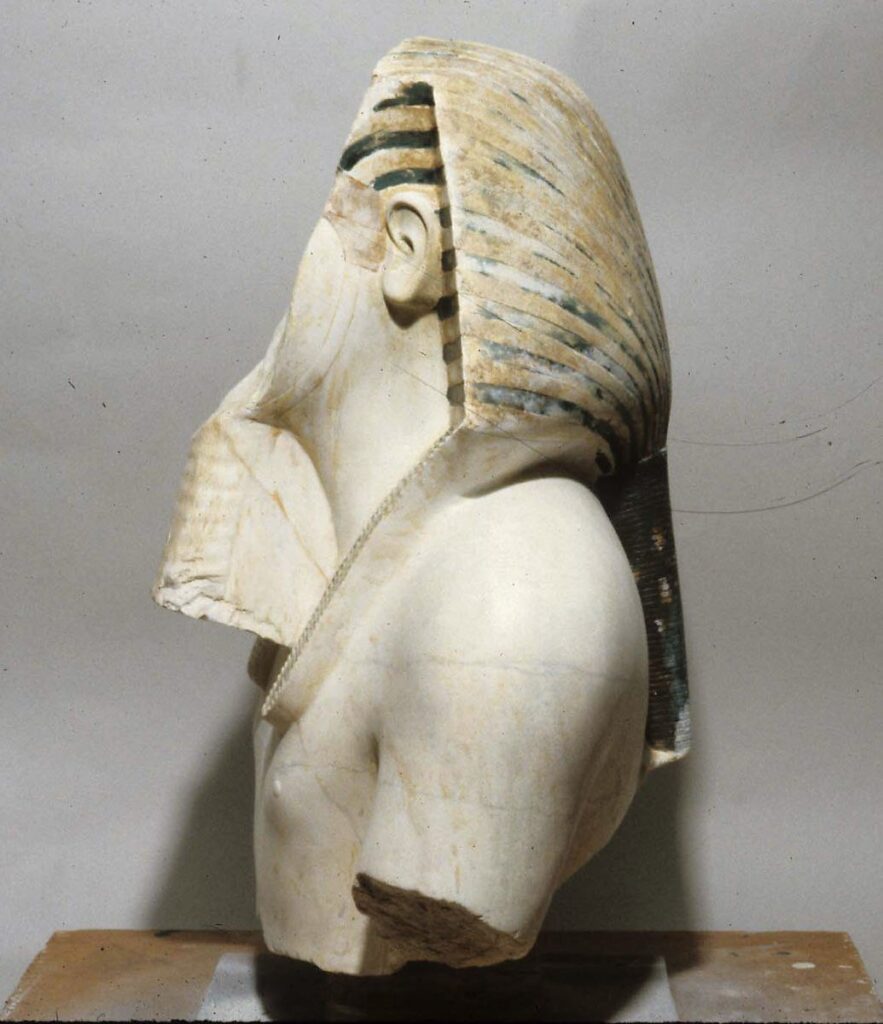
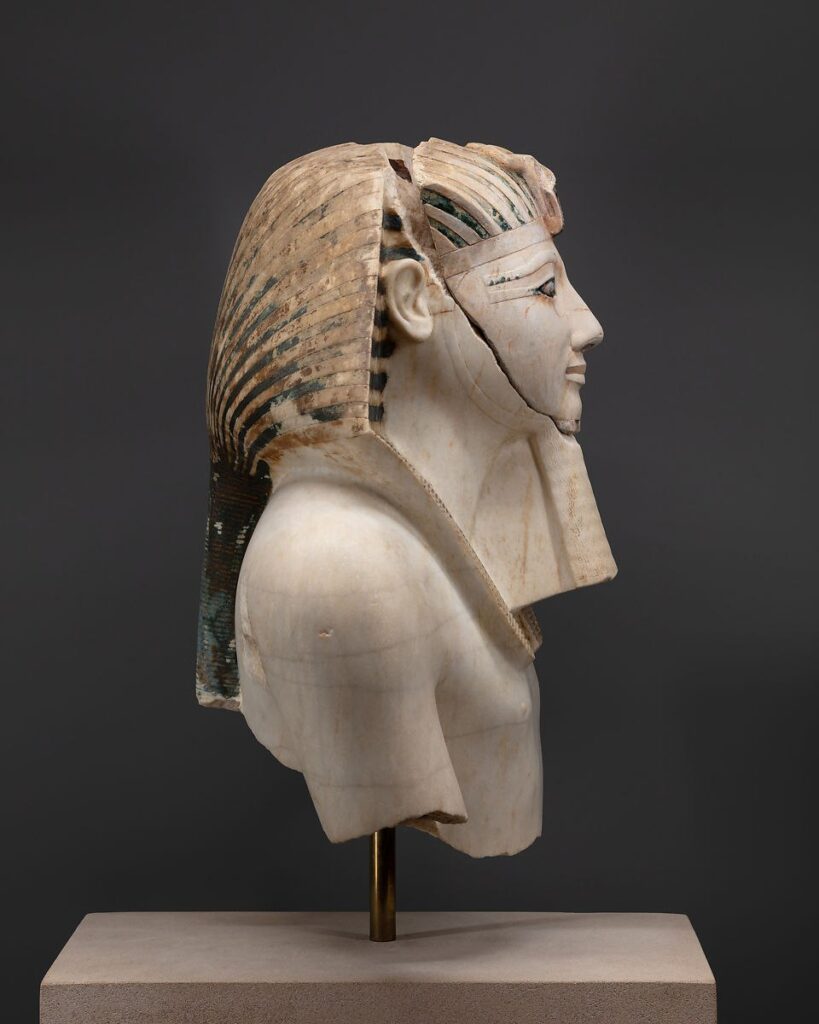
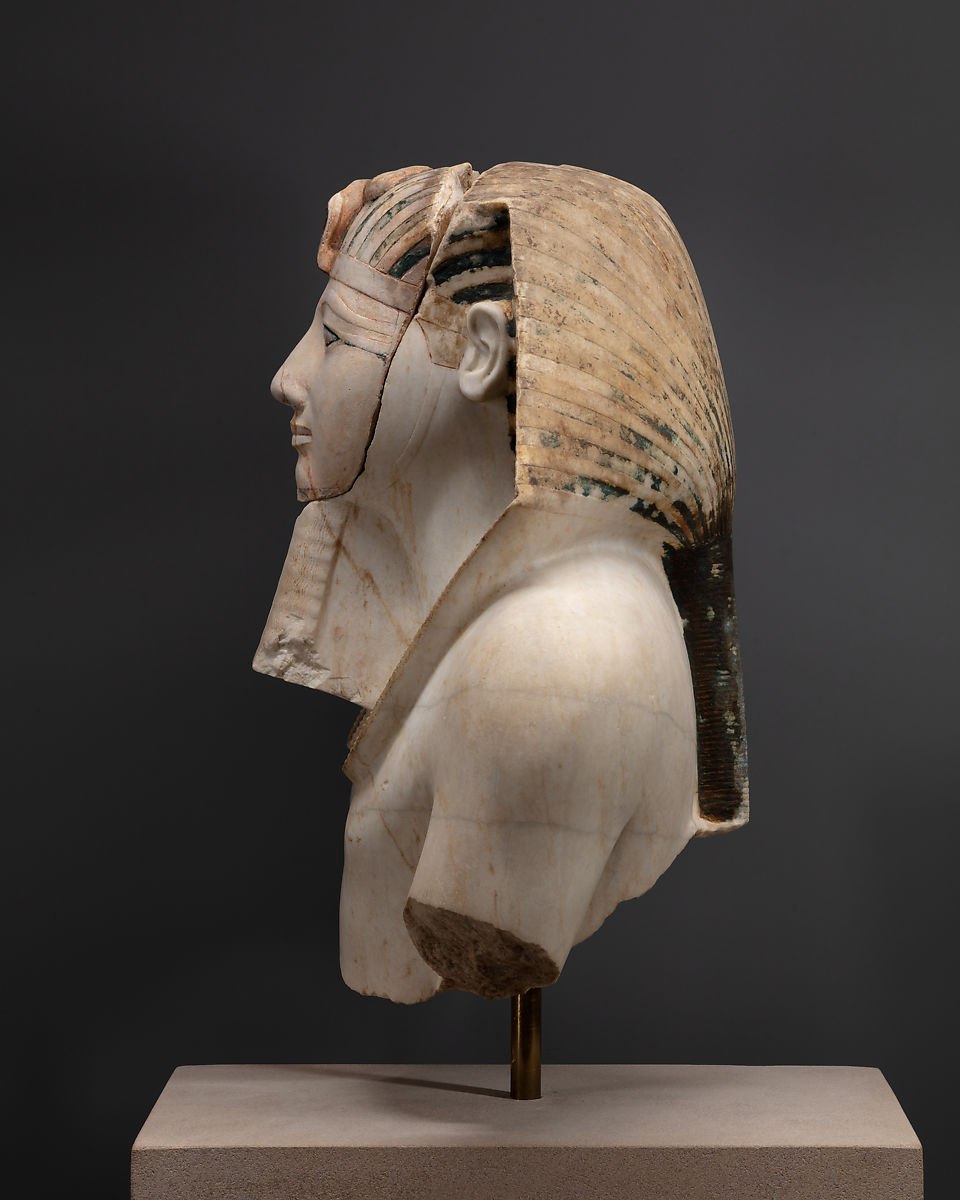 " alt="Thutmose III" loading="lazy">
" alt="Thutmose III" loading="lazy">


